Natural disasters: Preparedness and emergency aid
We prepare people for natural disasters and provide immediate emergency aid in the event of a crisis.
Read more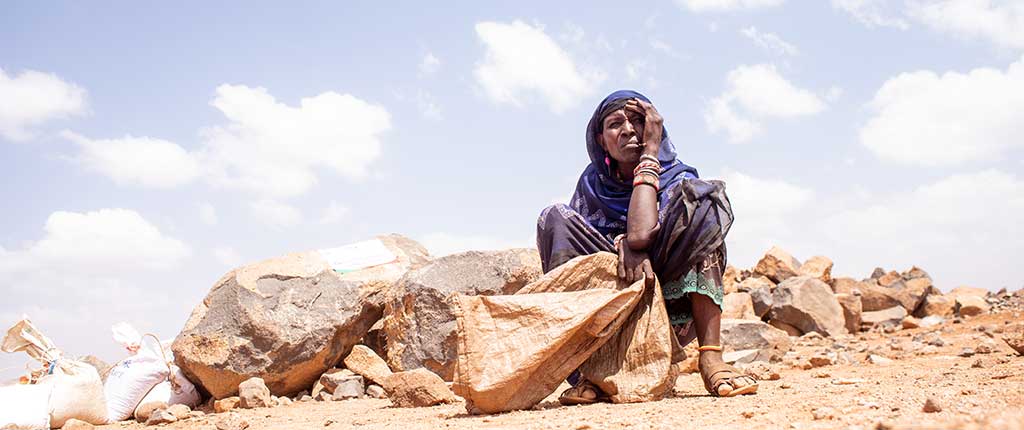
Climate change is progressing and this can largely be attributed to human activity in the last centuries. Industrialisation, intensive agriculture and the use of fossil fuels have led to the global temperature increasing steadily. Climate change is becoming a climate crisis. Since the beginning of the industrial revolution in the 19th Century, the temperature has already increased by approximately one degree. According to the Intergovernmental Panel on Climate Change (IPCC), further increases are unavoidable if quick and comprehensive climate protection measures are not implemented. As the climate changes, natural disasters such as droughts and hurricanes are becoming more frequent. These natural disasters have far-reaching consequences for humans and tend to have the greatest impact on the most vulnerable members of the population, who are already suffering from issues such as hunger and poverty. Their circumstances are further exacerbated by the climate crisis. According to the World Bank, 132 million people could be living in extreme poverty by 2030 as a result of climate change.
Malteser International helps the people who are most affected by the climate crisis, both with emergency relief and in the context of long-term projects. Furthermore, we accept our own responsibility as an organization to reduce emissions, advocate for climate justice and contribute actively to climate action by working on reducing our CO2 emissions and establishing ecologically sustainable humanitarian aid work.
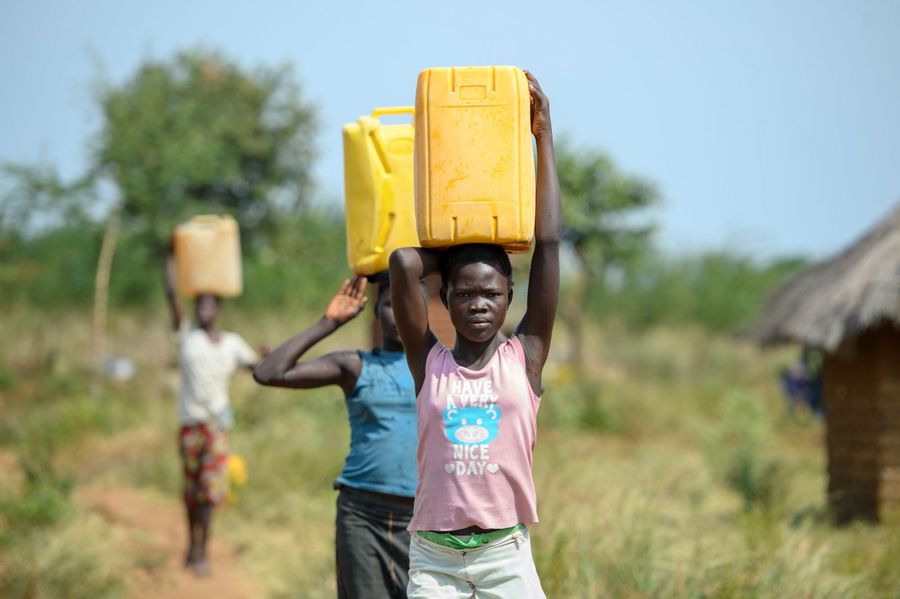
Climate change refers to a fundamental change in the global climate, which takes place over a longer period of time, as opposed to weather. As well as temperature, there are other elements that play a role here, such as precipitation and factors such as ocean currents. These elements interact, which can cause extreme weather conditions and natural disasters. Whilst naturally occurring climate fluctuations can involve increasing and decreasing temperatures, this usually occurs over thousands of years so animals and plants have time to adapt to the changed conditions.
The changes in the climate in recent centuries can only partly be attributed to natural fluctuations, which is why experts now talk of ‘man-made climate change’. Since weather recording began in the year 1880, the 20 warmest years were all in the last 22 years, which illustrates that the earth’s atmosphere is heating up more quickly than ever before.
The term climate change is a neutral way of describing changes in the climate. The causal relationship between human activity and the current climate change has been scientifically proven for many years now. As this climate change is progressing rapidly and has disastrous consequences for humanity, we now often speak of a climate crisis. Current results from the IPCC show that climate change can no longer be stopped, merely mitigated. The term climate catastrophe is used to describe the scenario that faces us if this is not successful.
Greenhouse gas emissions and the resulting greenhouse effect are regarded the crucial factor in climate change. However, the so-called greenhouse effect is actually a natural process which is essential in creating a climate on earth which is habitable for people, animals and plants. Greenhouse gases in the earth’s atmosphere absorb the sun’s rays that hit the earth and radiate a part of their heat back to earth. Without this effect, the earth would cool down considerably and life as we know it would not be possible. Carbon dioxide (CO2), one of the most important greenhouse gases, was at steady levels over centuries, so the climate did not fluctuate significantly.
In the context of industrialization, the burning of fossil fuels, such as coal and crude oil, as well as intensive industrial agriculture and livestock farming, has led to twice as much CO2 and considerably larger amounts of methane being released into the atmosphere than would be naturally. Other factors include the deforestation of large woodland areas, in particular rainforests, which bind CO2 and transform it into oxygen, thereby playing a critical role in protecting the climate naturally. Once released, greenhouse gases collect in the atmosphere, intensifying the greenhouse effect and causing temperatures to continue to rise.
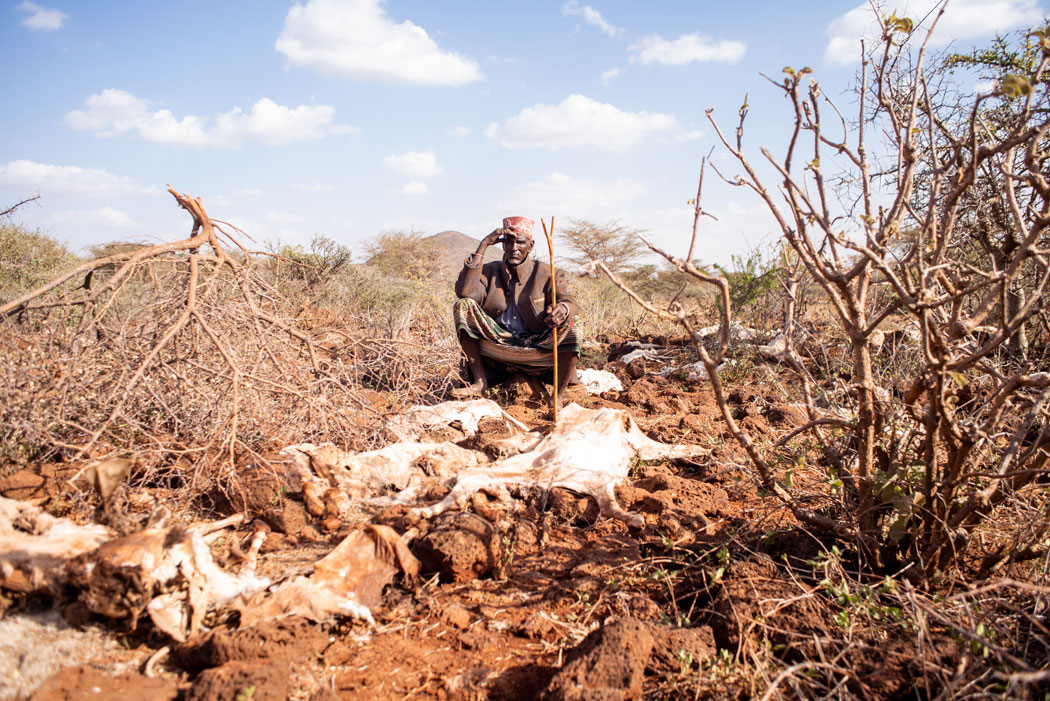
As the climate greatly impacts all life on earth, climate change has far-reaching global consequences for people and the environment. These can be divided into direct and indirect consequences:
The direct consequences of man-made climate change include increasingly extreme weather and natural disasters due to maximum and minimum temperatures increasing. More frequent and longer heatwaves lead to droughts, while increasingly common storm rainfall leads to flood disasters. Ocean temperatures are also rising, causing intense hurricanes.
Global temperatures have risen by approximately one degree on average. However, the temperature increase in the Arctic is significantly higher and progressing more quickly. It also has the most disastrous consequences.
In the last 30 years, the masses of ice at the North Pole have depleted by around half. Polar caps and glaciers melting is causing sea levels to rise and lessening the natural cooling effect that the ice has on the whole earth. Arctic permafrost melting poses the most significant risk, as it contains around 1.8 billion tons of carbon, which would be released as methane in the melting process and would have an effect many times stronger than CO2. This would massively accelerate the greenhouse effect. The permafrost melting is considered one of the so-called tipping points of climate change. If these tipping points are reached, thresholds will be crossed that would make the consequences inevitable, even if global warming could be reversed later.
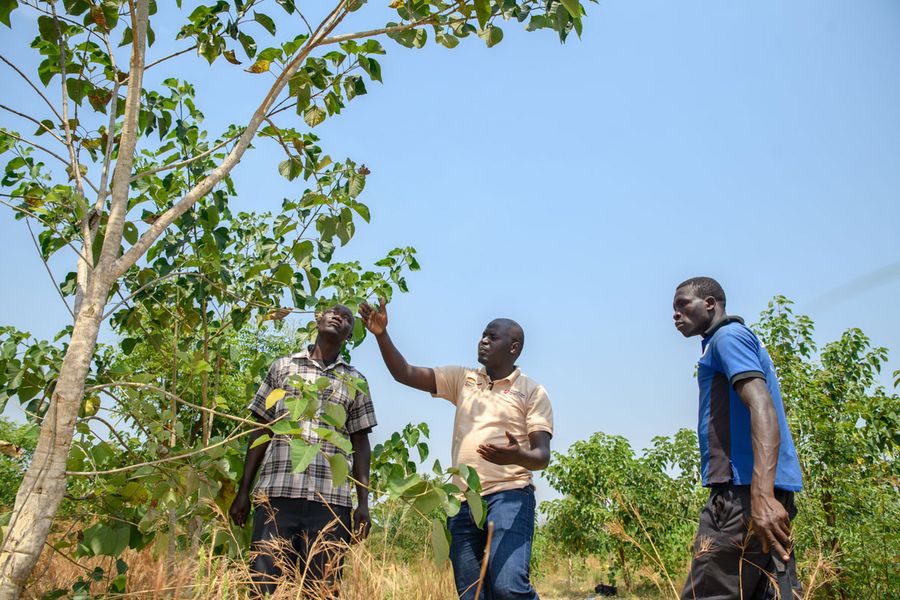
The direct effects of climate change result in a number of indirect effects, which have a significant impact on people’s lives and are particularly devastating for vulnerable segments of the population or people who are in areas that are already threatened. Natural disasters impact the lives of millions and destroy basic necessities, which can have fatal consequences in impoverished areas if, for example, the financial resources to rebuild are not available or the harvest and water supplies have already been used in previous crises.
Prolonged dry periods and decreased soil quality negatively impact agricultural yields and livestock and therefore food security. For example, forest fires, droughts, hurricanes and floods often destroy whole harvests, which can lead to famines. Water scarcity and shortages are also a result of increasingly frequent and intense extreme weather conditions. Decreasing biodiversity can also be attributed to climate change, as the environment changes too quickly for flora and fauna to be able to adapt.
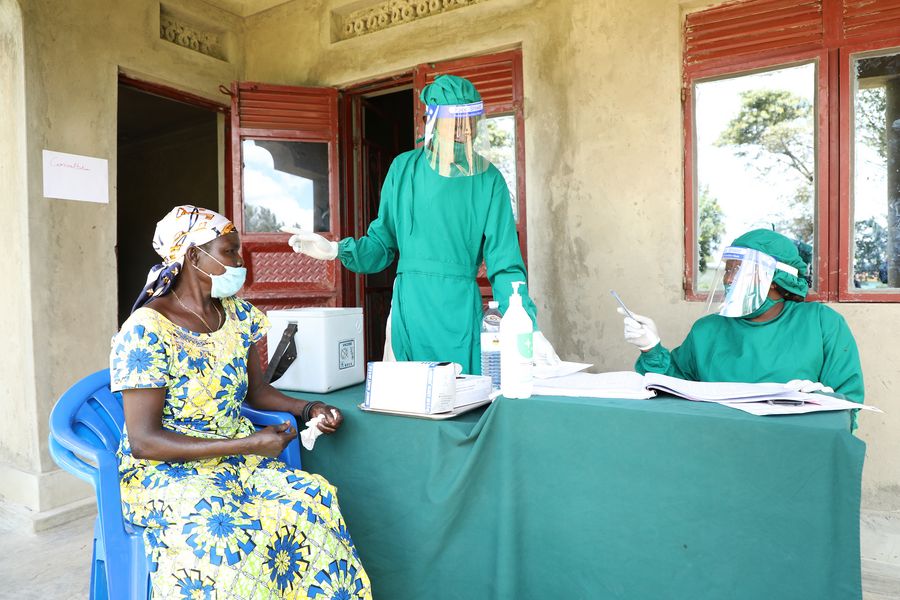
Climate change also poses a real threat to human health. Extreme weather events and natural disasters lead to disease and death. The adverse effects on food security, air and water negatively impact the conditions necessary for a healthy life. In the wake of natural disasters, poor hygiene conditions in crisis areas facilitate the spread of infectious diseases such as cholera.
Furthermore, the habitat of a number of animals and the balance of the ecosystems are destroyed, increasing the risk of the spread of zoonotic diseases and epidemics, which can develop into pandemics. At the same time, the changed climate leads to an increase in animals carrying diseases, such as ticks and mosquitos. Climate change can also affect mental health. As a result of the poorer living conditions in certain areas, people are increasingly frequently forced to flee. If cattle can no longer survive in a region or if harvests often fail due to changed climate factors or disasters, the people affected often have no choice but to leave their homes to survive.
According to the World Bank, there could be over 140 million ‘climate refugees’ by 2050. This will consist primarily of domestic refugees looking for new opportunities to make a living in their own countries and regions. In many places, these movements will cause economic and social tensions in these societies, particularly when the affected areas are also economically vulnerable.
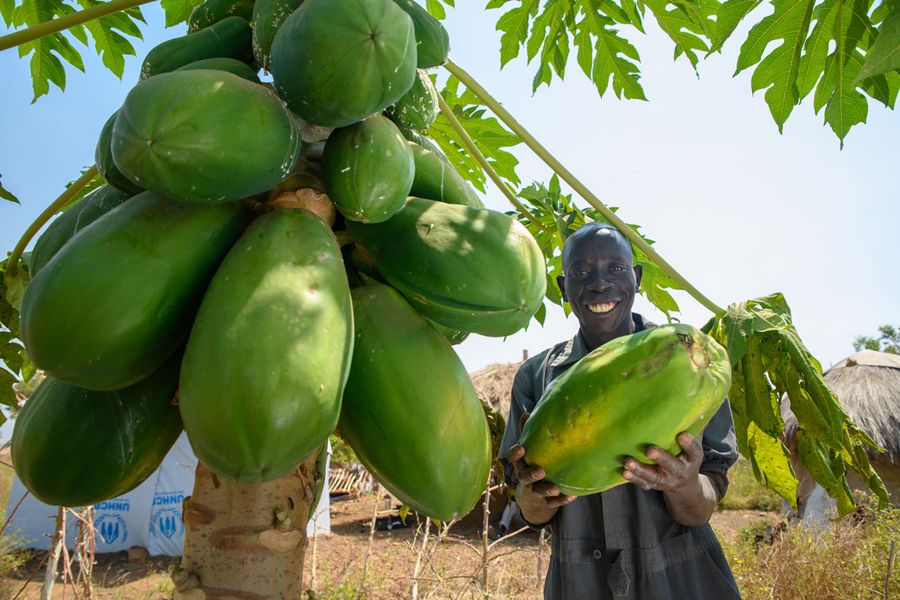
As a result of alarming forecasts from the scientific community, the Paris Agreement was adopted in 2015, comprising of extensive political measures with the primary goal of limiting the global temperature increase to 1.5 degrees and achieving climate neutrality by 2050 at the latest. Likewise in 2015, in the context of the 2030 Agenda for Sustainable Development, the United Nations agreed on seventeen sustainability development goals (SDGs), with the objectives of a better and more humane future and the preservation of natural resources. These goals should be implemented by all nations by the year 2030. With SDG 13 in particular, the global community has committed to concrete measures against climate change and for climate protection. This includes improving living conditions in the countries of the Global South to facilitate the implementation of climate goals there.
Achieving these goals and mitigating the climate crisis will not only require political change, but also the involvement of businesses and civil society. Successfully protecting the climate and controlling global warming will only be possible through a combination of universal and individual measures.
Malteser International has long been active in supporting people affected by the consequences of climate change, both in the context of emergency relief and with projects focused on disaster risk reduction and adapting to climate change.
It is countries of the Global South who suffer most from the climate crisis, who have contributed little to nothing to the causes of climate change and who do not have the resources to protect themselves from the disastrous consequences. This has given rise to the principle of climate justice, which states that the main contributors, i.e. industrialized countries, should bear the responsibility for the effects of climate change and for taking measures to prevent them.
At the same time, we hold ourselves accountable and try to reduce CO2 emissions and operate in a climate-neutral way in our work for people in need. Further, we wish to not only compensate for our negative contribution to climate change, but also to anchor climate and environmental protection in our humanitarian aid and make CO2-positive contributions to the fight against climate change and environmental damage.
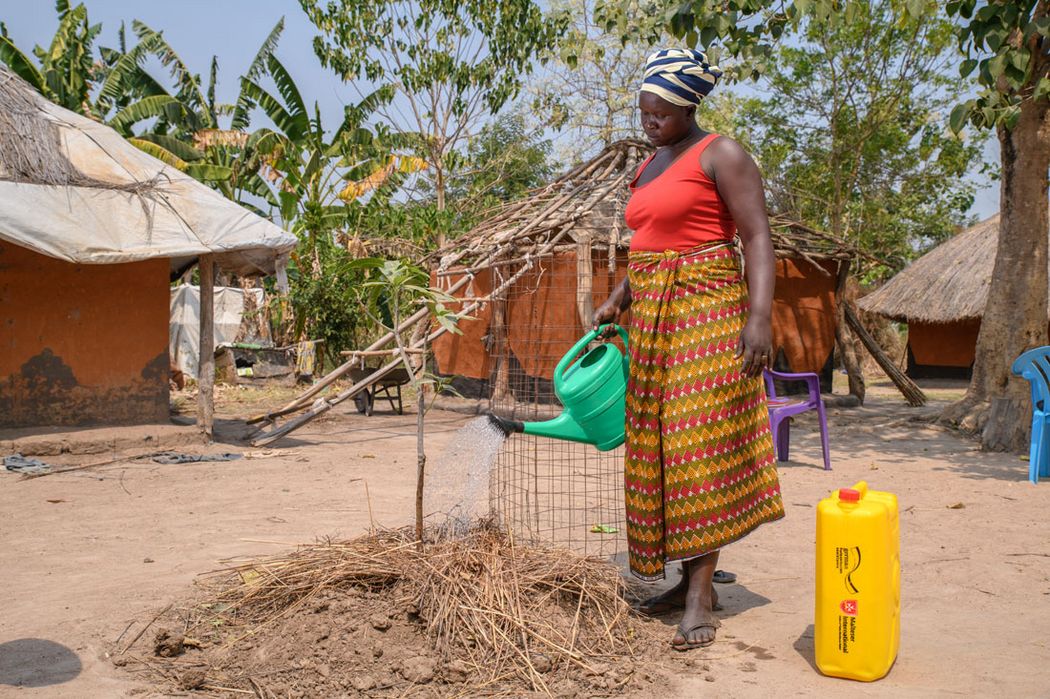
A central element of our aid projects is increasing the resilience of people in risk areas, so that they can better manage recurring crises such as droughts, hurricanes and floods. Training courses give people a better understanding of the changed circumstances. We cooperate to establish measures for disaster prevention together.
To take further action against climate change, reduce the pressure on the ecosystems in our project countries and make a positive contribution to climate and environmental protection, we are increasingly implementing environmental aid projects and factoring resource protection and sustainability into all of our activities. In doing so we are always aware of social effects of climate change on vulnerable communities.
In Uganda, for example, we are reforesting woodland areas, building tree nurseries, educating refugees in sustainable agriculture and forestry and raising awareness about environmental protection and sustainability. And in Haiti and Colombia we are reforesting woodland areas and rehabilitating important ecosystems with mangrove forests. At the same time, we are educating the population in areas such as sustainable fishing, recycling and beekeeping as well as supporting civilian environmental organisations.
In India, Indonesia, Nepal and the Philippines, we are fighting plastic pollution and supporting marginalized women in their path to a self-determined life. In our ‘Womenpreneurs4plastic’ groups, marginalized women are involved in every step of the plastic recycling value chain. They educate their communities about the advantages of the ‘reduce, reuse, recycle’ approach, as well as managing local waste collection points and maintaining recycling workshops. In this way, these women can not only generate sustainable income but also learn entrepreneurial skills and protect the environment at the same time.
In Colombia, we are working towards comprehensive improvements to living standards. We are giving small farmers further training in sustainable high-yield agriculture and educating young people about environmental protection and health-related issues. We are also helping communities to better prepare themselves for natural disasters.
As we focus our humanitarian aid on the people that are most affected by climate change, we recognise our own responsibility as an organisation to take action, given that we have also contributed to climate change. For this reason, we want to organize our work to be more ecologically and economically sound in terms of its impact on the climate. This includes reducing our carbon footprint, compensating for unavoidable emissions, for example flights, and continuously increasing the number of climate-neutral aid measures. Our regional offices are gradually switching to renewable energy sources, for example, our offices in South Sudan and in the Democratic Republic of Congo, which are primarily powered by solar energy. And within our projects, we are increasingly using renewable energy sources rather than fossil sources and we are fuelling medical stations, boreholes and water pumps with solar energy.
In this way, we want to avoid causing any additional damage to the climate whilst still actively contributing to climate protection goals.
We prepare people for natural disasters and provide immediate emergency aid in the event of a crisis.
Read moreA team of highly experienced professionals coordinates Malteser International’s aid during disasters.
Read moreThrough our disaster risk reduction projects, we increase the resilience of local communities to crises.
Read more